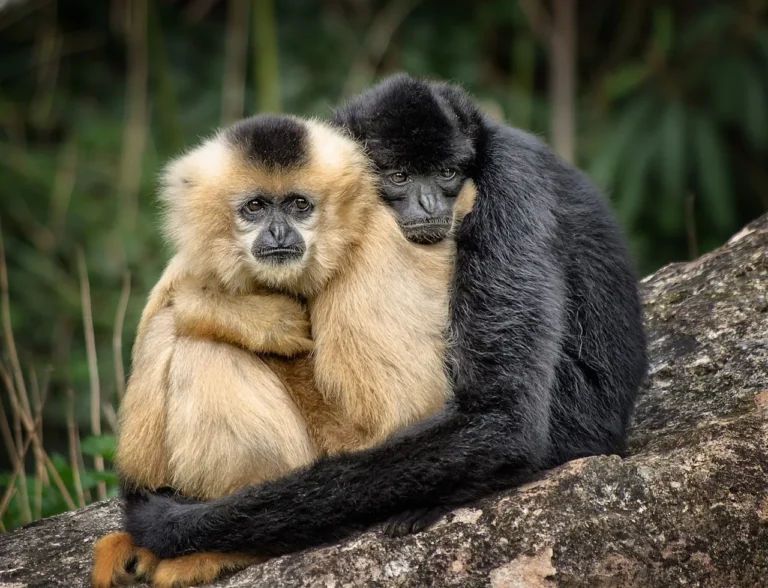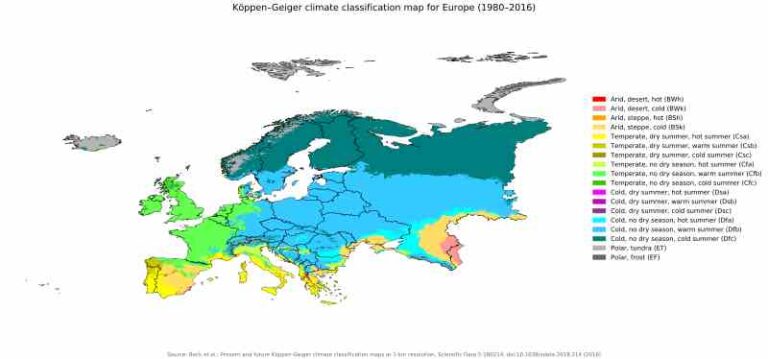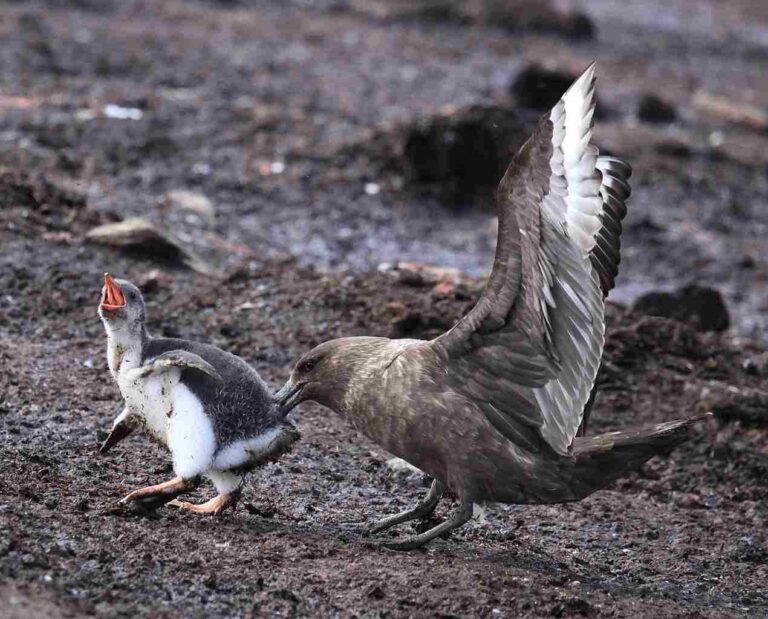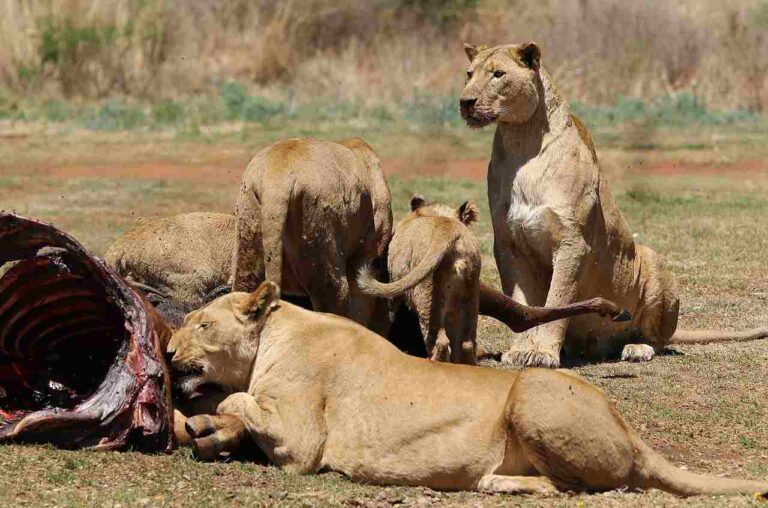How Current and Oxygen Content Affect the Biodiversity of Streams and Rivers: 15 Important Ways Explained
Current and oxygen content affect the biodiversity of rivers and streams through influencing habitat preferences based on current velocity, meeting energy demands for organisms, supporting anchored plants in fast currents, promoting sediment accumulation in slow currents, serving as a vital resource for aquatic life, accommodating amphibian adaptations in low-oxygen environments, distributing nutrients via currents, impacting erosion and habitat stability, determining biodiversity distribution patterns, acting as a limiting factor for some organisms, creating variation in habitats, facilitating adaptations to water aeration, influencing microorganism responses to oxygen variation, establishing a relationship between dissolved oxygen levels and biodiversity, and connecting with temperature variations that affect dissolved oxygen concentration.
1. Current Velocity and Habitat Preferences:

Details:
Different species of aquatic organisms exhibit varied preferences for current velocities in rivers and streams.
Current velocity is measured in centimeters per second (cm/s) and can range from slow, meandering flows to fast, turbulent currents.
Effects on Biodiversity:
Diverse Microhabitats: Varying current velocities create microhabitats with specific conditions, catering to a wide range of species.
Species Zonation: Certain organisms, like mayflies and stoneflies, prefer fast-flowing sections, while others, such as some fish species, thrive in slower currents.
Adaptive Strategies: Species evolve specific adaptations to survive and reproduce in their preferred current velocities, enhancing overall biodiversity.
Altered Food Availability: Currents influence the transport of organic matter and availability of prey, affecting the distribution of herbivores and predators.
Conservation Implications:
Habitat Preservation: Managing and preserving habitats with diverse current velocities are crucial for maintaining biodiversity.
Restoration Projects: Consideration of natural flow regimes in river restoration projects ensures the recreation of diverse habitats that support a variety of aquatic life.
Understanding the intricate relationship between current velocity and habitat preferences is fundamental to preserving and enhancing the biodiversity of rivers and streams.
2. Oxygen Levels and Energy Demands:
Details:
Oxygen availability in rivers and streams is crucial for the survival of aquatic organisms.
Oxygen dissolves in water through diffusion and is influenced by factors like temperature, pressure, and salinity.
Dissolved oxygen (DO) levels are measured in milligrams per liter (mg/L) and vary with water conditions.
Effects on Biodiversity:
Aerobic vs. Anaerobic Species: Oxygen levels determine the types of species that can thrive, with aerobic organisms requiring higher oxygen concentrations compared to anaerobic ones.
Respiration Rates: Aquatic organisms’ energy demands increase in low-oxygen environments, affecting their growth, reproduction, and overall fitness.
Sensitivity of Species: Some species are more sensitive to changes in oxygen levels, making them bioindicators of water quality.
Conservation Implications:
Monitoring Oxygen Levels: Regular monitoring of dissolved oxygen helps assess water quality and potential impacts on biodiversity.
Mitigating Pollution: Pollution control measures are essential to prevent oxygen depletion caused by nutrient runoff or organic matter pollution.
Restoration Efforts: Restoration projects should focus on improving oxygen levels to support diverse aquatic communities.
3. Anchoring Plants in Fast Currents:
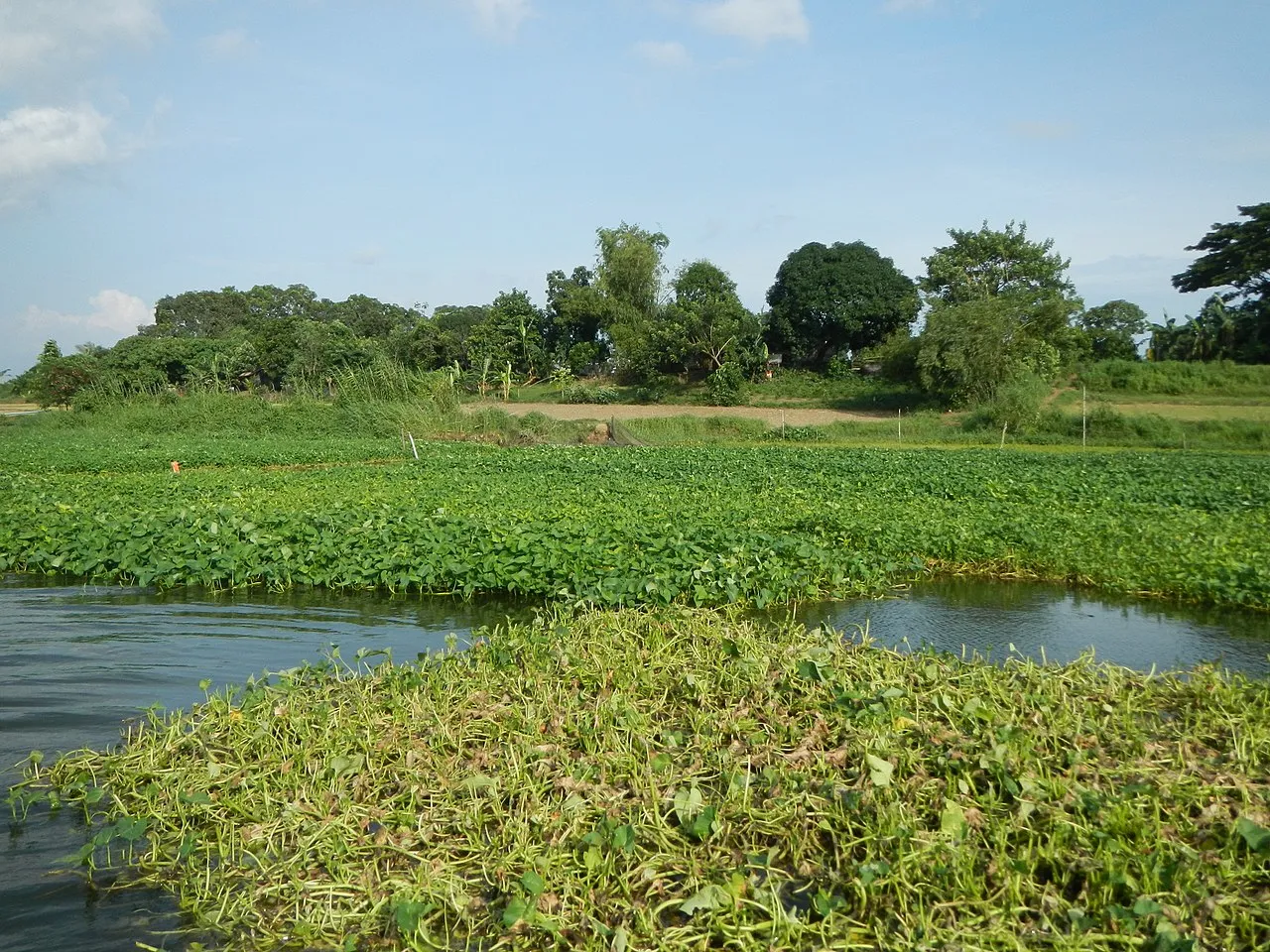
Details:
Fast currents in rivers and streams pose challenges for the establishment and stability of aquatic vegetation.
Plant species must have adaptive features to anchor themselves securely in high-flow environments.
Effects on Biodiversity:
Habitat Complexity: Plants that can anchor in fast currents create complex habitats, providing shelter and breeding grounds for various organisms.
Altered Currents: Root systems of aquatic plants influence local current patterns, affecting sediment transport and creating microhabitats.
Invertebrate Communities: Anchored plants support diverse invertebrate communities, contributing to the overall biodiversity of the ecosystem.
Conservation Implications:
Protecting Riparian Zones: Preserving riparian zones with anchored vegetation is vital for maintaining habitat complexity and supporting diverse aquatic life.
Balancing Flow: Management strategies should consider maintaining a balance between natural flow regimes and human activities to ensure the stability of anchored plant communities.
4. Sediment Accumulation in Slow Currents:
Details:
Slow currents in rivers and streams allow for the accumulation and settling of sediments on the riverbed.
Sedimentation rates are influenced by factors such as land use, vegetation cover, and upstream activities.
Effects on Biodiversity:
Sediment as Habitat: Slow currents create areas with sediment deposits, serving as habitats for certain benthic organisms, including insect larvae and small fish.
Nutrient Storage: Sediments can store nutrients that support primary production, influencing the availability of resources for other organisms.
Impacts on Visibility: High sedimentation can reduce water clarity, affecting visual predators and prey interactions.
Conservation Implications:
Erosion Control: Implementing erosion control measures upstream helps reduce sedimentation and maintain suitable habitats.
Balancing Sediment Dynamics: Managing sediment dynamics is crucial for preserving the structure and function of ecosystems in slow-flowing water bodies.
5. Oxygen as a Vital Resource:
Details:
Oxygen is essential for the metabolic processes of aquatic organisms, supporting respiration and energy production.
Oxygen levels can fluctuate diurnally and seasonally, influenced by factors such as temperature, photosynthesis, and organic matter decomposition.
Effects on Biodiversity:
Respiration and Growth: Adequate oxygen levels support normal respiratory functions and growth of fish, invertebrates, and other aquatic organisms.
Temperature Dependency: Warmer water temperatures reduce the solubility of oxygen, increasing the demand for oxygen by aquatic organisms.
Stratification Impact: In stratified water bodies, the separation of oxygenated surface water from deeper anoxic layers can affect the distribution of species.
Conservation Implications:
Mitigating Temperature Increases: Addressing climate change and reducing anthropogenic activities that contribute to temperature increases can help maintain oxygen levels.
Integrated Watershed Management: Managing land use and nutrient inputs in watersheds helps prevent oxygen depletion and supports diverse aquatic ecosystems.
6. Amphibian Adaptations in Low-Oxygen Environments:
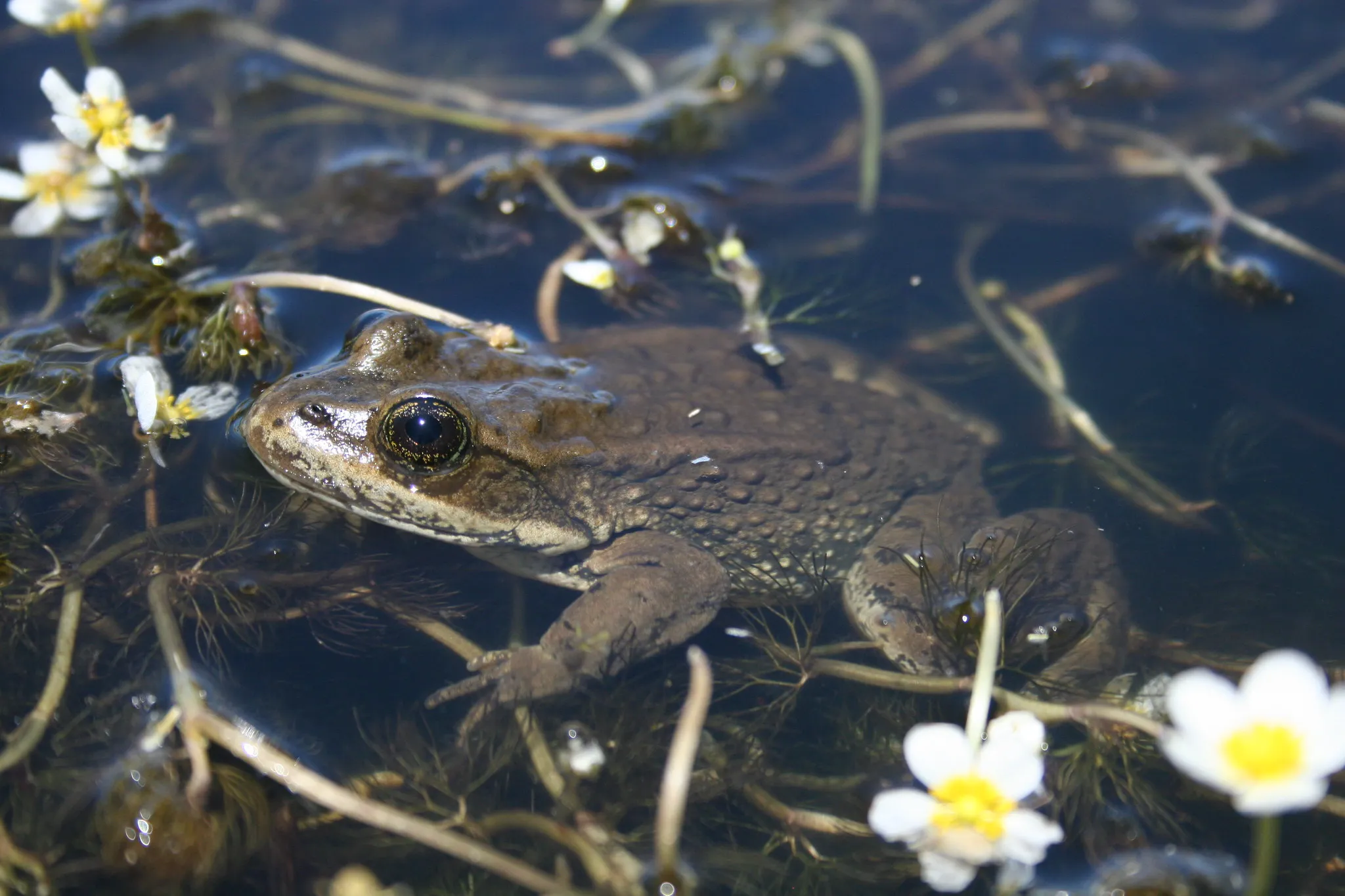
Details:
Amphibians, such as frogs and salamanders, exhibit various adaptations to thrive in aquatic environments with fluctuating oxygen levels.
Skin respiration is crucial for many amphibians, allowing them to absorb oxygen directly from the water.
Effects on Biodiversity:
Diversity of Amphibian Species: Oxygen adaptations contribute to the diversity of amphibian species, each with specific physiological traits for survival.
Breeding Habitat Selection: Amphibians often select breeding habitats based on oxygen availability, influencing their distribution within rivers and streams.
Conservation Implications:
Protecting Breeding Sites: Conservation efforts should focus on preserving diverse breeding sites, taking into account the specific oxygen requirements of amphibians.
Maintaining Riparian Vegetation: Vegetation along water bodies provides shaded areas and contributes to maintaining suitable oxygen levels for amphibians.
7. Nutrient Distribution by Currents:
Details:
Currents play a significant role in transporting nutrients downstream, influencing the availability of resources for aquatic organisms.
Nutrient sources include organic matter, sediments, and external inputs from surrounding landscapes.
Effects on Biodiversity:
Primary Production: Nutrient-rich currents enhance primary production, supporting the growth of algae and aquatic plants.
Food Web Dynamics: Nutrient distribution influences the composition and abundance of plankton, invertebrates, and fish, shaping the structure of the aquatic food web.
Conservation Implications:
Balancing Nutrient Inputs: Managing nutrient inputs from agricultural runoff and urban areas helps prevent nutrient pollution and maintains a balanced ecosystem.
Restoration of Riparian Zones: Restoring riparian vegetation can act as a buffer, filtering nutrients and reducing their direct input into water bodies.
8. Impact on Erosion and Habitat Stability:

Details:
Currents influence the erosion and stability of river and stream habitats, affecting the availability of suitable conditions for aquatic organisms.
Erosion can result from natural processes or human activities, leading to sediment transport.
Effects on Biodiversity:
Altered Substrate Composition: Erosion contributes to changes in substrate composition, impacting the suitability of habitats for various species.
Habitat Loss and Fragmentation: Intense erosion can lead to the loss and fragmentation of habitats, affecting the distribution and migration patterns of aquatic organisms.
Conservation Implications:
Erosion Control Measures: Implementing erosion control measures, such as vegetation restoration and bank stabilization, helps maintain stable habitats.
Sustainable Land Use Planning: Managing land use in watersheds is essential to prevent excessive erosion and preserve the integrity of river and stream habitats.
9. Biodiversity Distribution Patterns:
Details:
Currents create distinct zones of biodiversity within rivers and streams, characterized by variations in flow velocity, substrate type, and nutrient availability.
These distribution patterns are influenced by the interaction of physical and ecological factors.
Effects on Biodiversity:
Zonation of Species: Different species exhibit preferences for specific zones, leading to the development of diverse ecological communities along the course of rivers and streams.
Ecological Niches: Current-related factors contribute to the formation of ecological niches, allowing species to specialize and coexist in specific habitats.
Conservation Implications:
Maintaining Connectivity: Ensuring connectivity between different habitat zones supports the movement and migration of species, promoting overall biodiversity.
Restoration of Natural Flow Regimes: Mimicking natural flow regimes in river restoration projects helps recreate the conditions that support diverse biodiversity distribution patterns.
10. Oxygen as a Limiting Factor:
Details:
Oxygen availability can serve as a limiting factor for the distribution and abundance of aquatic organisms in rivers and streams.
Factors such as temperature, pressure, and organic matter decomposition affect the solubility of oxygen in water.
Effects on Biodiversity:
Species Tolerance: Some species have higher tolerance to low oxygen levels, while others are more sensitive, leading to the establishment of specific assemblages in different oxygen regimes.
Community Structure: Oxygen limitation can shape the community structure, favoring species adapted to either oxygen-rich or oxygen-poor conditions.
Conservation Implications:
Critical Oxygen Thresholds: Identifying and monitoring critical oxygen thresholds for key species helps assess the health of aquatic ecosystems.
Mitigating Anthropogenic Stressors: Managing factors contributing to oxygen depletion, such as nutrient runoff and organic pollution, is crucial for biodiversity conservation.
11. Variation in Habitats:
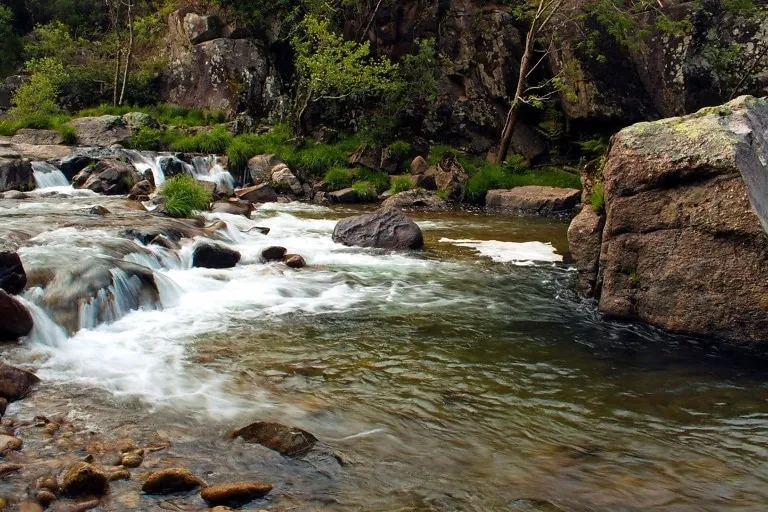
Details:
Rivers and streams exhibit a diverse range of habitats influenced by variations in current velocity, substrate composition, and water depth.
These habitat variations contribute to the overall biodiversity of aquatic ecosystems.
Effects on Biodiversity:
Niche Differentiation: Habitat diversity promotes niche differentiation, allowing multiple species to coexist by utilizing different resources and microhabitats.
Adaptation to Local Conditions: Species adapt to specific habitat characteristics, influencing their morphology, behavior, and life history traits.
Conservation Implications:
Preserving Habitat Diversity: Conservation efforts should focus on maintaining a variety of habitats to support diverse assemblages of aquatic organisms.
Restoration of Altered Habitats: Rehabilitating habitats impacted by human activities, such as channelization or pollution, contributes to restoring biodiversity.
12. Adaptations to Water Aeration:
Details:
Water aeration, the process by which oxygen is incorporated into water, occurs naturally through turbulence, wind action, and the movement of water over surfaces.
Artificial aeration methods, such as diffusers and surface aerators, are sometimes employed to enhance oxygen levels.
Effects on Biodiversity:
Improved Oxygenation: Adequate water aeration enhances oxygen levels, supporting the survival and growth of aerobic organisms.
Altered Microhabitat Conditions: Changes in aeration can influence the distribution of species by modifying local current patterns and oxygen availability.
Conservation Implications:
Monitoring Aeration Practices: Artificial aeration should be carefully monitored to prevent unintended impacts on local biodiversity.
Balancing Aeration: Striking a balance between natural aeration processes and artificial interventions is essential for maintaining ecological integrity.
13. Microorganism Response to Oxygen Variation:
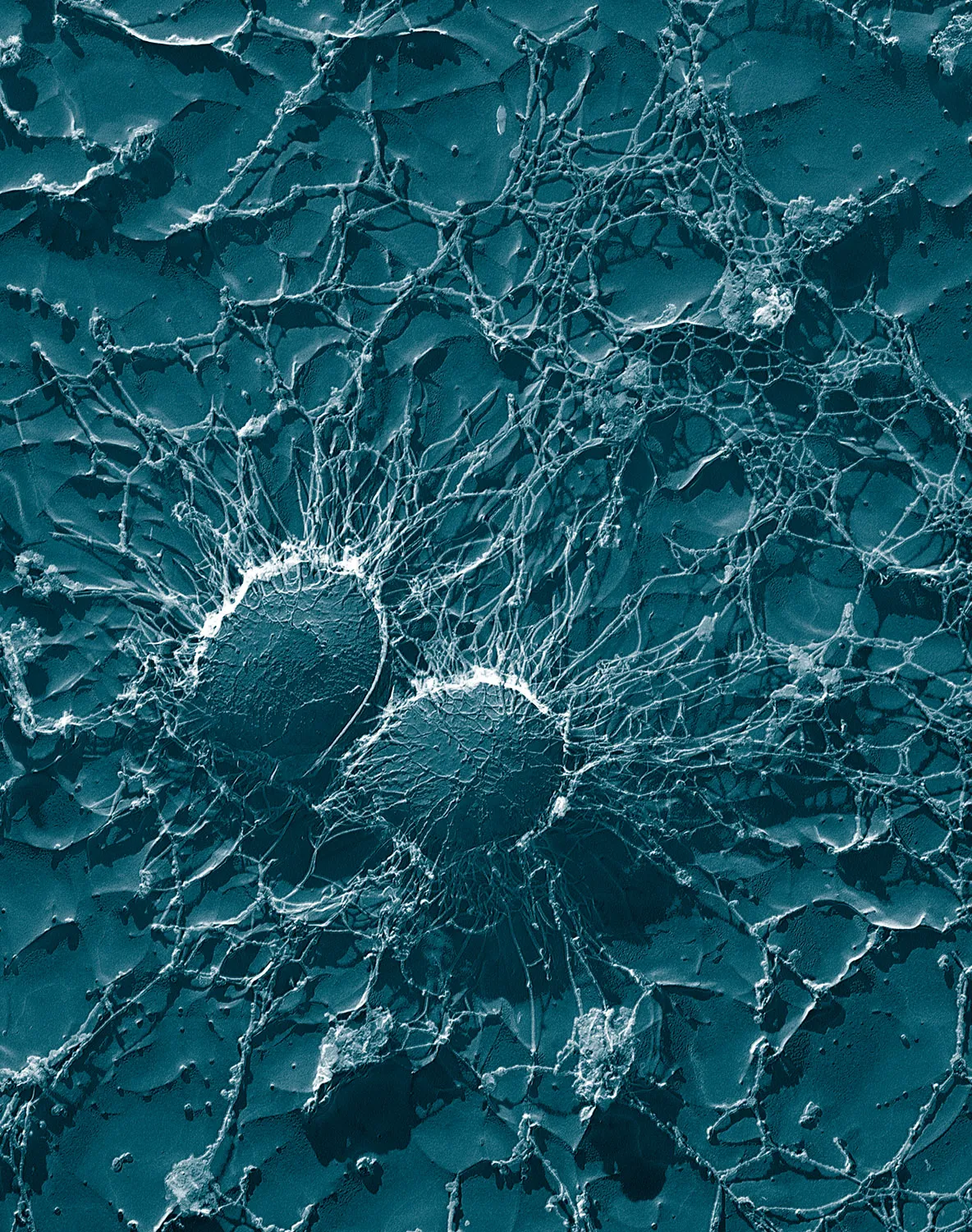
Details:
Microorganisms, including bacteria and protists, play a crucial role in nutrient cycling and organic matter decomposition in rivers and streams.
Their abundance and activity are influenced by variations in oxygen levels.
Effects on Biodiversity:
Oxygen as a Selective Factor: Microbial communities exhibit preferences for specific oxygen conditions, leading to the establishment of distinct assemblages.
Functional Diversity: Different microorganisms contribute to the breakdown of organic matter, nutrient cycling, and the overall functioning of aquatic ecosystems.
Conservation Implications:
Maintaining Microbial Diversity: Preserving natural oxygen gradients is important for maintaining diverse microbial communities and their ecological functions.
Minimizing Pollution: Controlling pollution to prevent oxygen depletion ensures the preservation of microbial diversity and ecosystem health.
14. Relationship Between Dissolved Oxygen and Biodiversity:
Details:
Dissolved oxygen (DO) is a critical parameter influencing the health and diversity of aquatic ecosystems.
DO levels are dynamic and can vary spatially and temporally due to factors like temperature, photosynthesis, and microbial activity.
Effects on Biodiversity:
Species-Specific Requirements: Different species exhibit varying tolerance levels to dissolved oxygen concentrations, influencing their distribution and abundance.
Biotic Interactions: DO levels affect predator-prey relationships, competition, and the overall structure of aquatic communities.
Stress and Mortality: Insufficient oxygen levels can lead to stress and mortality among sensitive species, impacting biodiversity.
Conservation Implications:
Continuous Monitoring: Regular monitoring of DO levels is crucial for assessing the well-being of aquatic ecosystems and implementing timely conservation measures.
Restoration Strategies: Implementing restoration projects that address the factors contributing to low DO levels helps maintain a healthy and diverse aquatic community.
15. Temperature and Dissolved Oxygen Connection:
Details:
Temperature plays a significant role in the solubility of oxygen in water, influencing dissolved oxygen concentrations.
Warmer water temperatures generally result in lower oxygen solubility, affecting the overall oxygen levels in rivers and streams.
Effects on Biodiversity:
Species Sensitivity: Temperature-induced changes in DO levels impact the distribution and behavior of aquatic species, particularly those with specific thermal preferences.
Thermal Stratification: In stratified water bodies, temperature gradients can lead to stratification, affecting oxygen distribution and creating distinct thermal layers.
Conservation Implications:
Climate Change Considerations: Climate change-induced temperature variations can exacerbate challenges related to oxygen availability, emphasizing the need for adaptive conservation strategies.
Integrated Management: Integrated watershed management that considers both temperature and oxygen dynamics is essential for preserving biodiversity in the face of changing environmental conditions.
